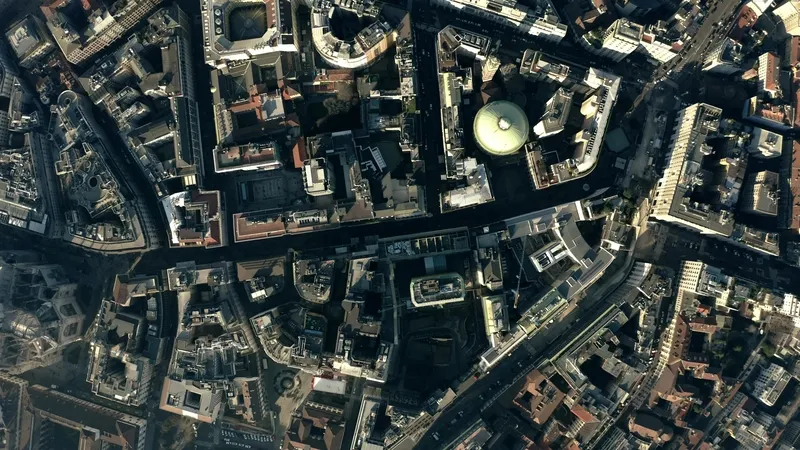
Nearly two-thirds of cities worldwide (61%) see traffic congestion as their main concern, according to new research from Ertico - ITS Europe.
The findings come from the first phase of global survey results from Ertico's City Moonshot project.
The problem of jams on their streets are followed by pollution and noise, lack of budget/resources, and resistance to change by their citizens as the main headaches for city authorities.
The mobility goals of cities reflect these problems - the top three are: improving public transport (79%), improving air quality (68%) and decarbonising urban mobility (68%).
"While air quality has been recognised as a key priority for cities for many years, the City Moonshot initiative shows that transport decarbonisation needs, driven by the climate crisis, are considered equally important by the city transport and mobility professionals," says Ertico in a statement.
The City Moonshot aims to increase understanding of how cities worldwide are responding to current and future challenges in mobility and transport, with particular reference to challenges such as sustainability, climate change, air quality, digitalisation, multimodality and how to meet the needs of their citizens.
In the first phase (May 2020 – November 2021), 150 interviews were conducted out of the targeted 300.
More than 100 of these were in Europe, with 50 more in countries including the US, New Zealand, South Africa and Japan.
“As far as we know, the City Moonshot is a unique initiative, whereby in the first phase we spoke with more than 150 cities and their senior representatives on topics of sustainability and air quality, data sharing and Mobility as a Service," explains Ertico CEO Joost Vantomme.
Download the full City Moonshot report here









